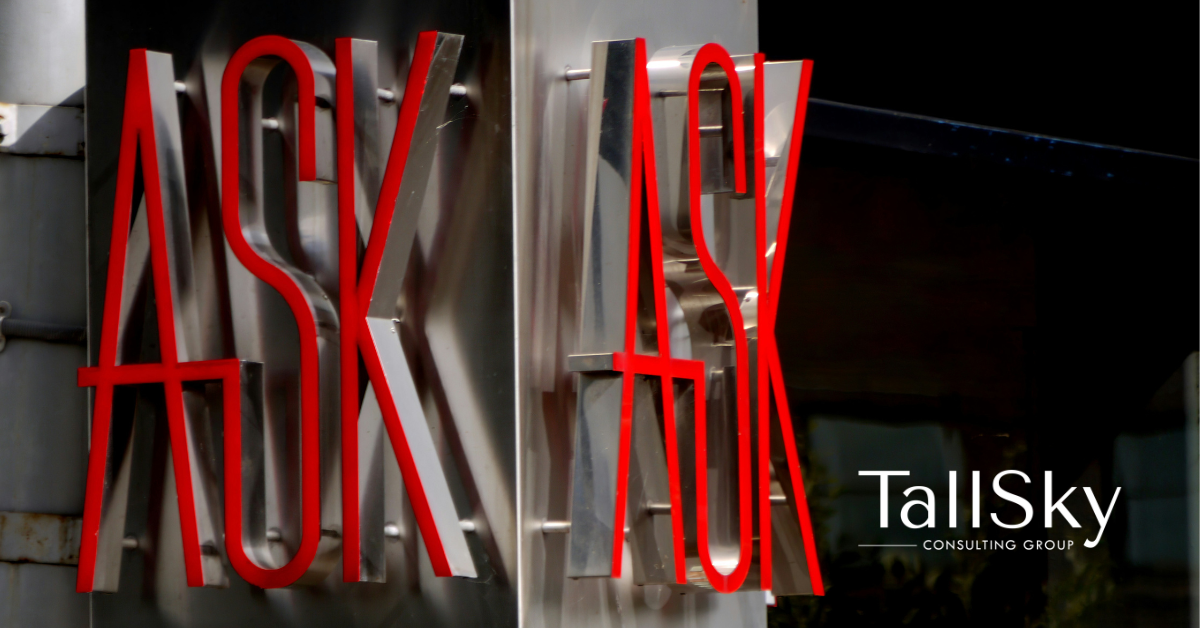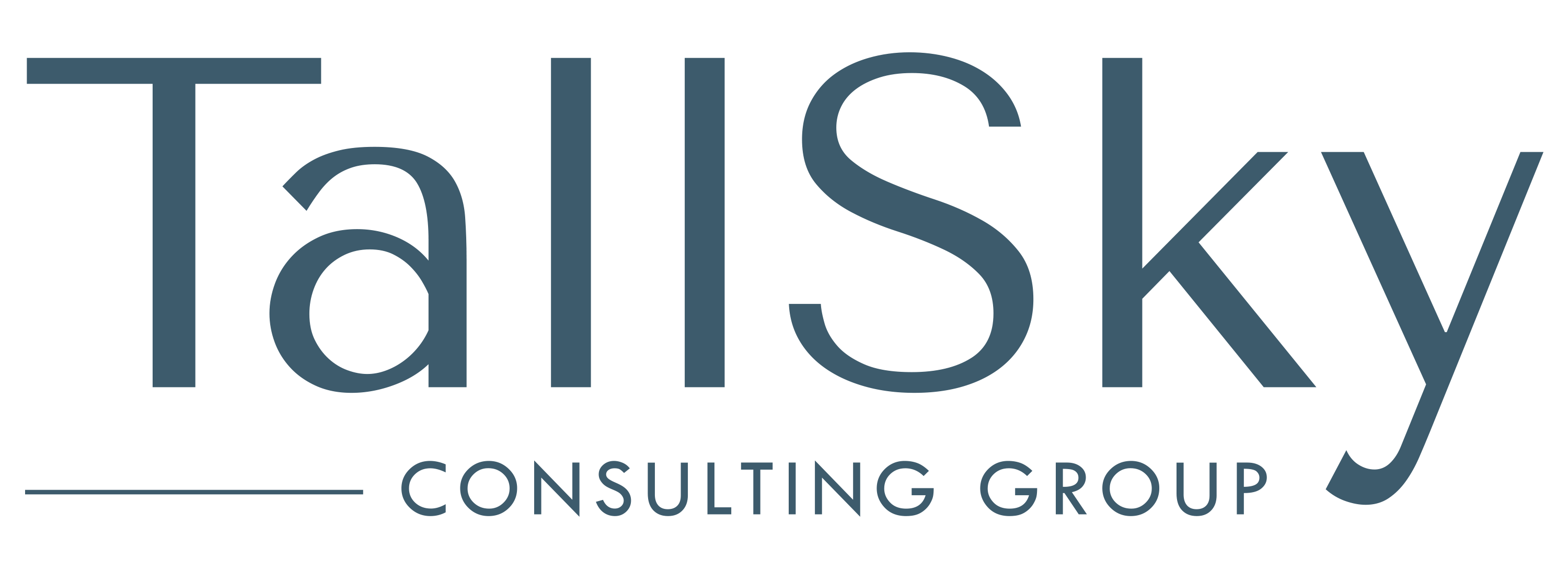
2025 isn’t just another year – it could be your turning point. For forward-thinking leaders it is a chance to adopt a style of leadership fostering increased growth for their employees. By shifting your leadership style from problem-solver to a facilitator of solutions, we help deepen the type of critical thinking and decision-making skills in our team that can have a transformative effect on both the employee and the business.
In a facilitator of solutions role, we resist the temptation to solve problems for our team members and instead adopt a “coaching mindset” – guiding rather than directing. When resolving an issue or starting them off on the right foot with a new project, we pause and ask thought provoking questions instead of offering step-by-step directions. We provide a safety net – reassurance that we trust their judgment and they have our support. If something goes wrong, we treat it as a learning experience instead of a failure. We reinforce their confidence by celebrating progress and success along the way.
Teaching Employees How to Fish
Do you recall the saying “Give a man a fish, and you feed him for a day. Teach a man to fish, and you feed him for a lifetime”? The team at TallSky believes that this proverb captures the essence and importance of promoting self-sufficiency by providing teams with the tools and confidence to find their own solutions.
Research suggests employees who think independently contribute more innovative ideas, leading to improved productivity and better business outcomes. They feel more control over their work and decisions, and this leads to higher job satisfaction and greater engagement in their roles.
Teaching an employee to think critically and solve problems does not just help them – it benefits the entire team and organization. Employees who “learn to fish” often teach others, fostering a culture of learning, growth, and shared accountability.
Tips for Getting Started:
Guide, Don’t Direct: See yourself as a mentor or guide rather than the problem solver.
Ask Open-Ended Questions: When an employee approaches you for a solution to a problem or a step-by-step approach to launching a new project, ask questions like:
- What have you tried so far?
- What outcomes are you hoping for?
- How would you prioritize activities for maximum impact?
- What would you do if I were not available?
Create Space: Pause before responding to your team member’s question. When presented with a problem, take a moment before jumping in. A moment of silence prompts employees to think deeper rather than defaulting to you for answers.
Shift Responsibility: Turn questions back with prompts like:
- What do you think the best course of action is?
- What are the pros and cons of your options?
Acknowledge your Impulse: Be aware of situations where you feel tempted to step in, such as tight deadlines or high-pressure scenarios.
Resist Perfectionism: Allow for mistakes and use them as teaching opportunities.
The facilitator of solutions role requires patience as it takes longer to guide employees through the problem-solving process. While leaders may feel pressure to provide quick answers, particularly in fast paced environments, it will save time and increase efficiency in the future. When we embrace this shift from problem solver to facilitator of solutions, we create stronger, more capable teams, we foster innovation, and we develop a culture of autonomy and collaboration resulting in sustainable success for the entire organization.
Are you ready to take on a new role as facilitator of solutions in 2025?
Written by Ronnalee McMahon
Ronnalee, the newest member of the TallSky team, has established herself as a dedicated talent development specialist. She delivers a wide range of employee mentoring and onboarding programs to foster leadership development and growth. Her expertise in facilitating the development and nurturing of employee’s skills to boost performance and foster organizational growth has been instrumental in creating productive, engaged, and high-performing teams.
